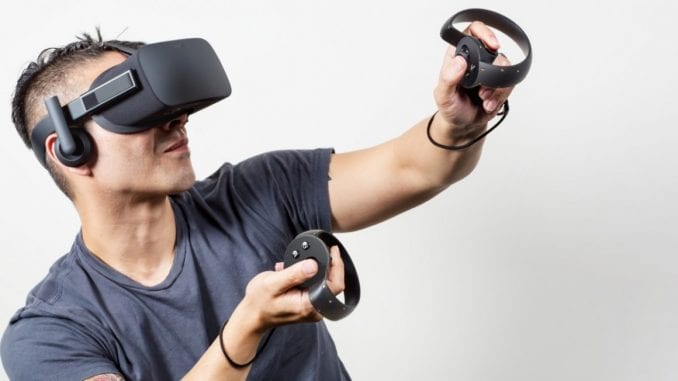In the 1980s and 90s, virtual reality was something like jetpacks – a nice idea but impractical and likely to be impossibly expensive if it was ever perfected. It was assumed that the user would need to be in a full-body suit, suspended in a sort of oversized executive desk toy to allow for full freedom of movement, which meant that entire rooms, large ones, would need to be set aside for something that would be fun, but of no practical use. Or so they thought! Advances in technology, beyond the scope of what was even dreamed possible in those days, has seen the advent of lightweight virtual reality sets, touch-sensitive gloves that feel super-realistic and headsets that are modestly priced but very effective. And VR is proving itself to be useful in so many fields, from gaming to medical care.

Treatment of Pain
We have long known that a distracted mind does not seem to feel as much pain as one with nothing to think about but the sensation. This is why parents, often instinctively, seek to distract their child from their scraped knee or grazed elbow! Doctors, experimenting with patients with chronic pain, either from long term medical conditions or from severe injuries, have found that VR re-creates this soothing placebo effect to an astonishing degree. Patients can enter different landscapes, play games, even have a flutter at sites like indiacasino.xyz. It has helped to wean patients off heavy-duty painkillers and seems to help with pain even after the VR session has finished. It is unknown why VR works so very well to manage pain, but then, as doctors admit, they still do not fully understand how aspirin works to reduce pain either! What is known, is that it does work, and that is good enough for those who appreciate the relief from their suffering!
PTSD and VR
Soldiers suffering from PTSD benefit from therapy sessions using VR headsets that can take them back to the moment of trauma, exploring the root causes of their stress-based illness. Once the causes are known and understood, the patients will often be better equipped to handle episodes and flashbacks that can otherwise be debilitating and very upsetting for the patient and their loved ones. The VR footage, being immersive, tricks the brain into thinking that it has returned to the point of trauma – which can be slowed down and analysed from a place of safety, namely the therapist’s office.
Visualisation of diagnoses
As well as helping the patients, VR can help the doctors to make their diagnoses too. Not only can medical training literally take medical students into the human body to examine structures and organs seldom seen while working, but doctors can also consult across tremendous distances, so a scientist in Antarctica can enjoy a medical appointment with a doctor in New York, as long as both have the right equipment and VR gear. Practising operations on VR patients allows medical students to keep practising until they have mastered tricky techniques, without the risk of leaving a trail of bodies before they have even qualified!


